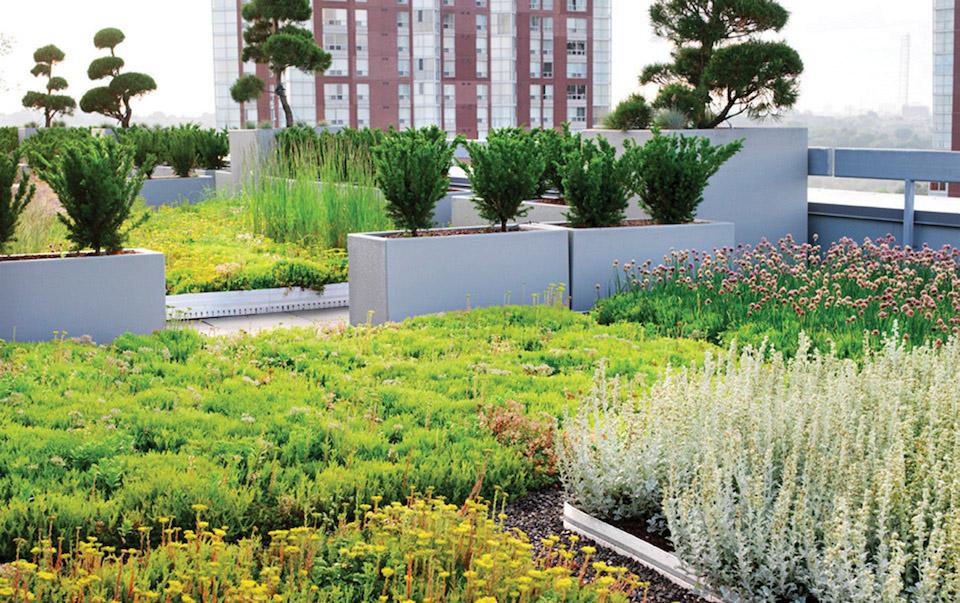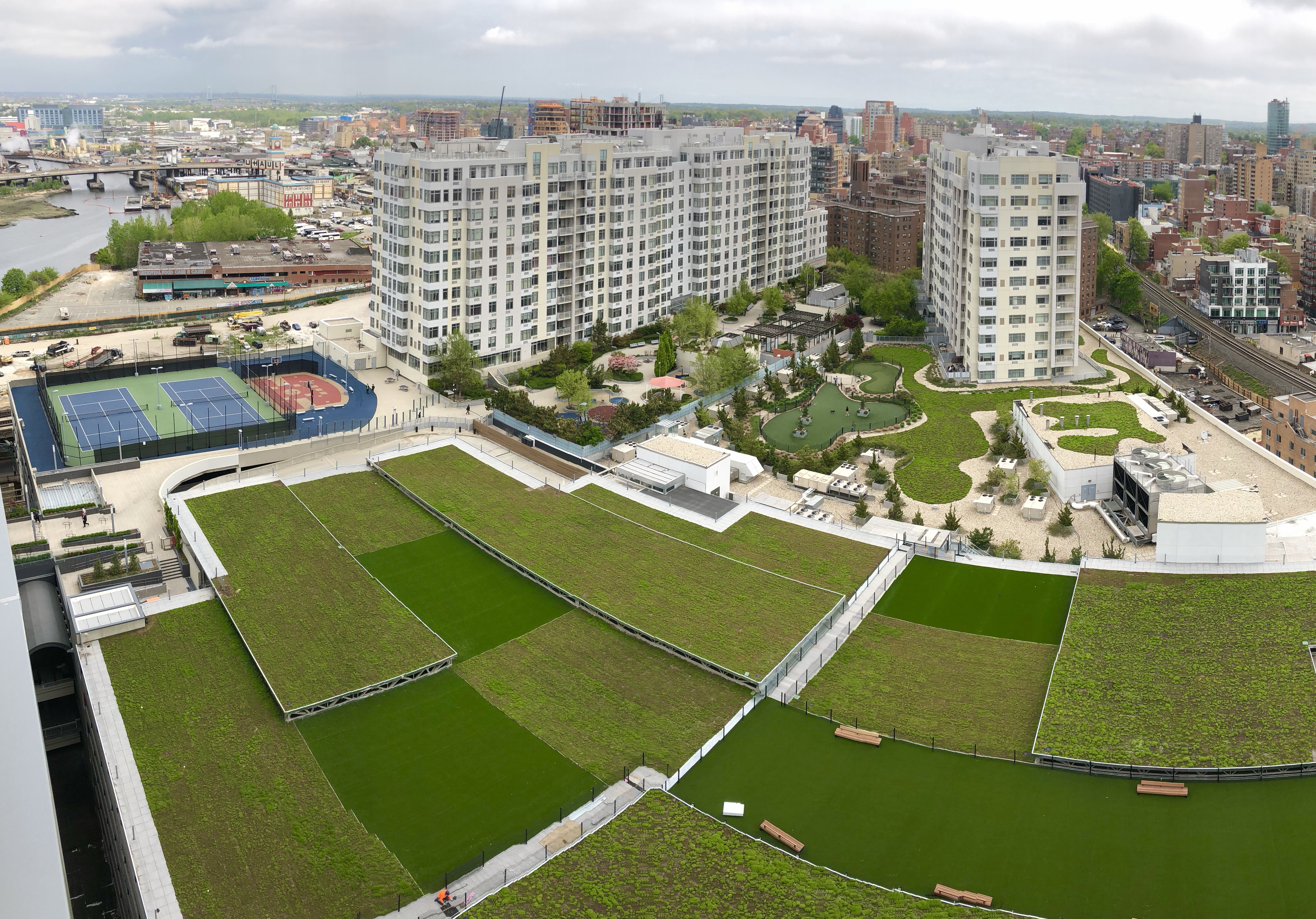Green roofs have been suggested as a potential avenue to provide patches of good quality habitat in highly developed regions.
Green roofs provide habitat for urban bees.
Wildflower green roofs are especially good for pollinators such as bees.
Urban bees deal with what s known as habitat patches discontinuous patches of green like gardens parks and ravines.
Green roofs could offer relief to bees dealing with habitat fragmentation.
By comparing various biodiversity measures between green roofs and ground level sites we show that green roofs provide habitat to many bee species.
A good green roof designed for biodiversity should include.
Green roofs implemented above the eighth story would not benefit from any additional nesting resources or attract bees.
Study we surveyed green roofs for bee diversity and abundance to determine their potential as quality habitats in an urban area for these important pollinators.
The higher the roof the fewer bees were found there.
Customized green roofs can even provide habitat for declining and endangered species suggesting that they have the potential to be an essential tool in species conservation.
Despite many green roofs being opportune places for bees to inhabit research has shown that the location of the green roof matters.
In this study we surveyed green roofs in toronto ontario canada for.
They provide several benefits including capturing and filtering storm water lowering the overall temperature in cities and reducing costs for building heating and cooling.
Understanding bat use of human altered habitat is critical for developing effective conservation plans for this ecologically important taxon.
Green roofs are covered in soil and plants which are typically custom designed for each rooftop.
And meyer said the roofs could provide an urban habitat for pollinators who have few other places to go but there s no data to say for certain.
Green roofs have potential to serve as habitats for wildlife.
Green roofs building rooftops covered in growing medium and vegetation are increasingly important conservation tools that make use of underutilized space to provide breeding and foraging grounds for urban wildlife.
Urban habitats are often seen as too disturbed too degraded and too depauperate to serve as reservoirs of biodiversity.





























